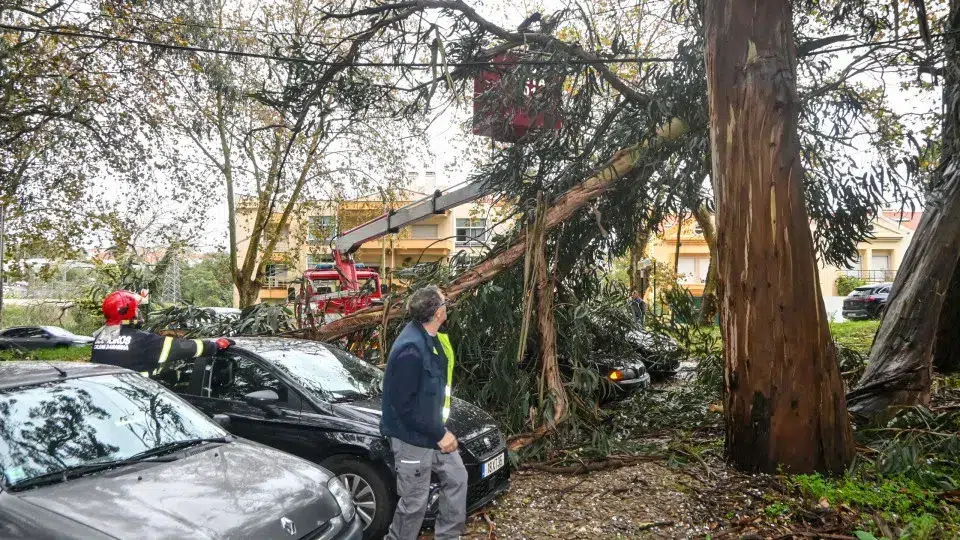
The commander Rui Oliveira from the National Authority for Emergency and Civil Protection (ANEPC) reported that out of the total incidents, the majority, 159, were related to flooding, while 17 involved road clearing operations.
Additionally, there were eight structural collapses, seven landslides, five fallen trees, and two land rescues.
In response to these incidents, 159 vehicles and 411 personnel were deployed, according to the same source.
Geographically, the northern region was the most affected with 132 occurrences, followed by the central region with 58, Lisbon and the Tagus Valley with six, and the Algarve with two.
Specifically in the north, the Porto metropolitan area was the hardest hit, recording 97 incidents, followed by Aveiro with 50.
Rui Oliveira highlighted that the number of incidents is expected to decrease, as the depression Claudia moves away and weather conditions improve.
The Portuguese Institute for Sea and Atmosphere (IPMA) has placed four districts under orange alert due to heavy rain: Braga, Faro, Setúbal, and Beja are on alert for persistent and occasionally heavy rain accompanied by thunderstorms.
Districts of Viana do Castelo, Porto, Viseu, Aveiro, Coimbra, Portalegre, Santarém, and Lisbon are under yellow alert, as well as the southern coast and mountainous regions of Madeira Island, due to the forecast of heavy rain and thunderstorms.
The district of Évora is also under yellow alert due to strong winds, with gusts that could reach up to 80 km per hour.
The entire western and southern coast of the country is also under yellow alert due to maritime agitation.




